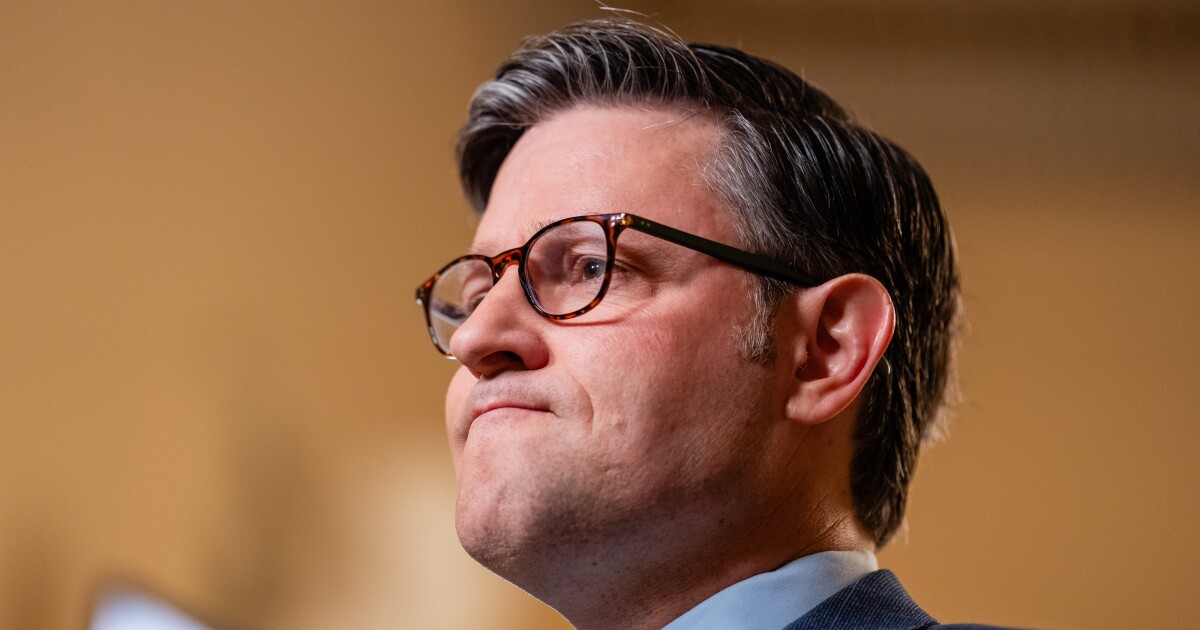While all buyers look for a degree of figurative goodwill from advisory practice sellers, some financial advisors could reap tax savings by offering up that literal type of asset in the deal.
The personal goodwill assets of advisors seeking a succession transaction before retirement or making a breakaway move to a registered investment advisory firm aggregator from the wirehouses generates a long-term capital gain that is taxed at a rate up to 17 percentage points lower than ordinary income at the top bracket, two experts told Financial Planning. The possible tax strategy comes with caveats. But more prospective buyers and sellers are inquiring about the potential benefits, according to Corey Kupfer, who advises RIAs and other wealth management firms on M&A and succession as the founder of law firm Kupfer.
Sales of personal goodwill may help solve a problem that pops up for the founders of practices with one or more younger advisors who have built a base of clients without amassing any equity. Such sales may also eliminate the need for a traditional “12 months and a day” waiting period to complete a deal in order to ensure sellers get the long-term rate, Kupfer said.
“There’s some friction because you’re saying to an advisor that you have to wait over a year,” he said in an interview. “My sense is that it’s really only within the last two or three years that this has taken off, and the reason is that there’s a lot of competition for deals out there.”
READ MORE: 25 tax tips for RIA M&A deals and other small business sales
Sellers should consult a tax expert early and often to consider every possible rule or implication from this form of asset transaction, according to Kupfer and Thomas Phelan, a partner with the Troutman Pepper Hamilton Sanders law firm who advises clients on M&A, reorganizations and cross-border deals.
Goodwill represents the difference between the total purchase price for a company in a deal and the market value of the firm’s assets minus liabilities. Within that umbrella, personal goodwill adds up to an especially important part of the purchase-price allocation for advisory practices that are “closely held corporations” with their value “very much targeted on the personal relationships of Jim Smith and his technical expertise,” Phelan noted in an interview.
In a personal transaction that distinguishes those assets from the goodwill of the corporation, the buyer “ends up in the same position” with “a deal that allows them to get a step up and a depreciable asset,” he said. The sellers, however, steer clear of paying taxes at both the corporate and individual levels in the personal goodwill transaction.
“If they’re operating out of a C-corporation, then I think the personal goodwill transaction seems potentially more appealing,” Phelan said. “The seller benefit is they get the capital gain and they don’t have to pay double tax. … You can strip a lot of value potentially out of the corporation, thus avoiding the double tax.”
The transactions require careful planning for a process that won’t be a fit for every possible seller out there, according to a guide compiled two years ago by attorneys Robert Greising and Travis Lovett of the Krieg DeVault law firm.
“A personal goodwill allocation approach should be raised early in the negotiation process,” they wrote. “This will safeguard against a challenge that allocation of personal goodwill was an afterthought, with the value negotiated by the parties assuming the goodwill was part of the business. The seller should obtain a third-party appraisal to establish the existence and the value of the personal goodwill. A separate agreement or, at a minimum, separate provisions of a purchase agreement should be used to evidence the sale of the personal goodwill separately from the corporate goodwill of the business. Could a personal goodwill allocation be right for your sale? Ultimately, answering this fact-sensitive question will benefit from the help of experienced professionals.”
READ MORE: Business entities affect taxes and M&A — how RIAs weigh the choice
Kupfer has worked on the buy or sell side of eight to 10 personal goodwill transactions over the past couple of years — an amount that is “not the majority, certainly” but a decent number considering that “people are still learning about it,” he said. Buyers interested in drawing wirehouse teams into the RIA channel in particular are reaching out to Kupfer to discuss them, with “one or two that haven’t been able to get comfortable,” others that are vetting the idea and “some of them I know are planning on using it,” he said.
In addition, he advised on one sale of an independent advisory practice with the personal goodwill structure on behalf of the sole owner of a firm who managed roughly 70% of the client base. Two other advisors respectively served another 10% and 20% of the customers, but they didn’t own any of the firm’s equity.
That dynamic created a “potential problem” from the fact that the firm would turn less valuable if those advisors left before the succession deal, or if the owner decided to share some of the deal proceeds with them in the form of ordinary income, Kupfer noted. So the owner sold 70% of the firm’s equity, then negotiated a personal goodwill transaction with the same buyer for the other 30% on behalf of the two other advisors.
“The only reason you need this is, when somebody doesn’t have an asset to sell because they don’t own the client list,” Kupfer said. “We were able to get them capital gains treatment, so, in the independent space, that’s the applicable scenario for personal goodwill.”
Breakaway advisors’ success over the past decade in carrying over 85% to 90% of their client bases in many cases when leaving wirehouses — despite their former firms’ nonsolicit agreements and frequent legal wrangling around those moves — has bolstered the appeal of personal goodwill deals. Comparable M&A transactions among captive insurance agents are fueling the stronger momentum for them as well, Kupfer noted.
In the “worst-case scenario,” the seller could wind up with an IRS finding that the deal proceeds were ordinary income and the buyer may wind up with “a failure to withhold claim” based on that compensation, he said. Still, he hasn’t seen the agency challenge any of the deals.
“If we had 10 or 20 years of history we could be more comfortable,” he said. “In the insurance space especially and in other spaces you do have that history of it being successful.”
READ MORE: More RIA buyers are offering equity. Here’s what sellers should know
Such nuances with personal goodwill deals point to the necessity of engaging with experts well in advance about topics like the terms of prior employment contracts, the structure of a deal and the resulting taxes, according to Phelan. He has “often seen it come up” when the owners of a closely held corporation find out about their future bills to Uncle Sam under a deal after signing the letter of intent with a buyer, he said.
“You want to talk to someone on the tax front early — ideally in the LOI process when it’s initially being negotiated,” Phelan said. “There’s an LOI, they’re buying the business and then they realize, ‘Oh shoot, we’re going to get hit with a double tax on this.'”


 Blog Post1 week ago
Blog Post1 week ago
 Economics1 week ago
Economics1 week ago
 Finance1 week ago
Finance1 week ago
 Personal Finance1 week ago
Personal Finance1 week ago
 Accounting1 week ago
Accounting1 week ago
 Economics1 week ago
Economics1 week ago
 Personal Finance7 days ago
Personal Finance7 days ago
 Personal Finance1 week ago
Personal Finance1 week ago













